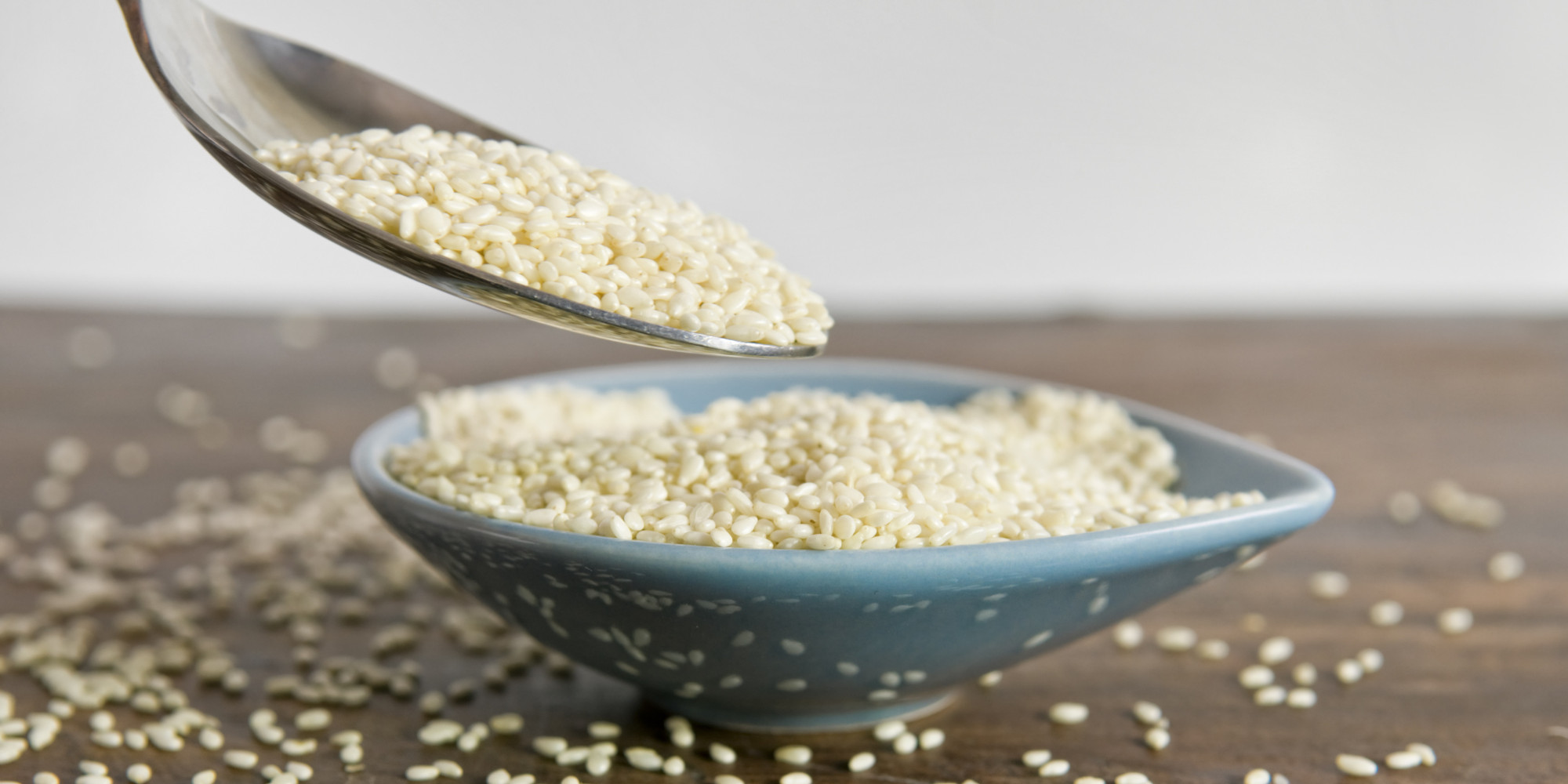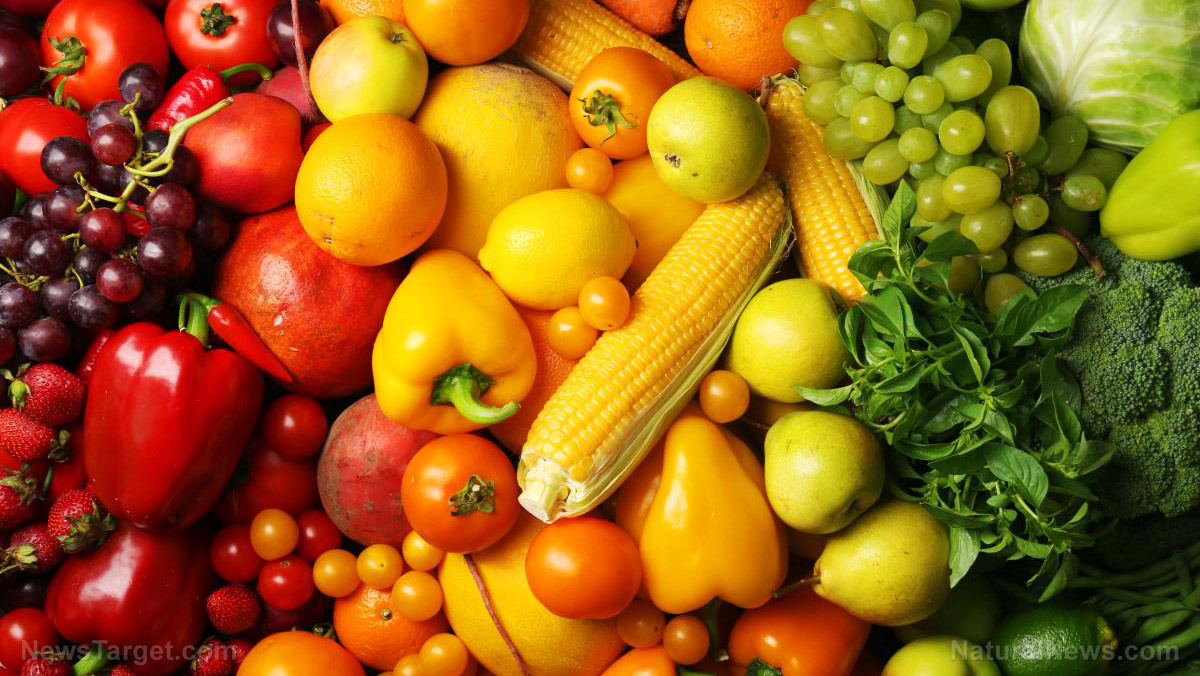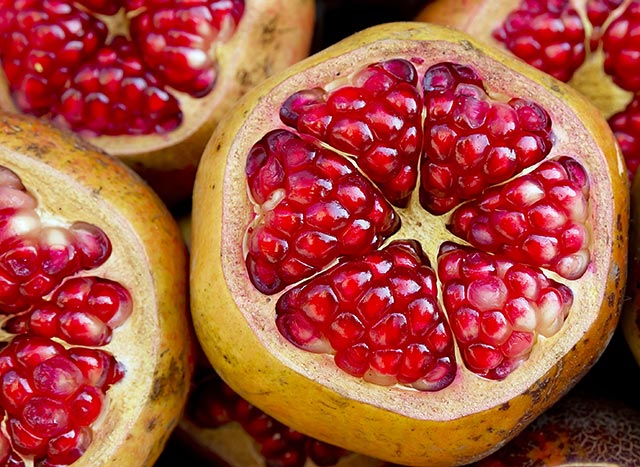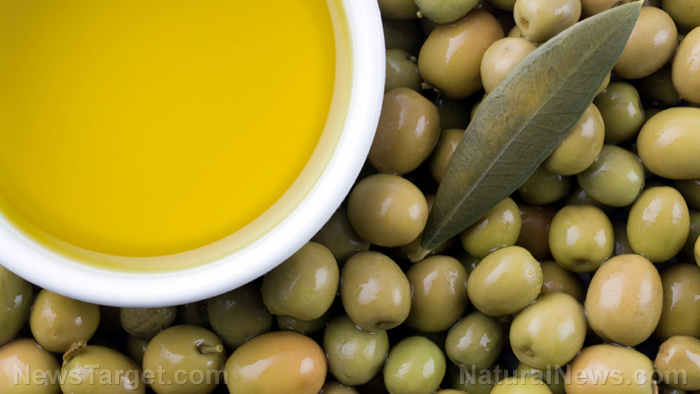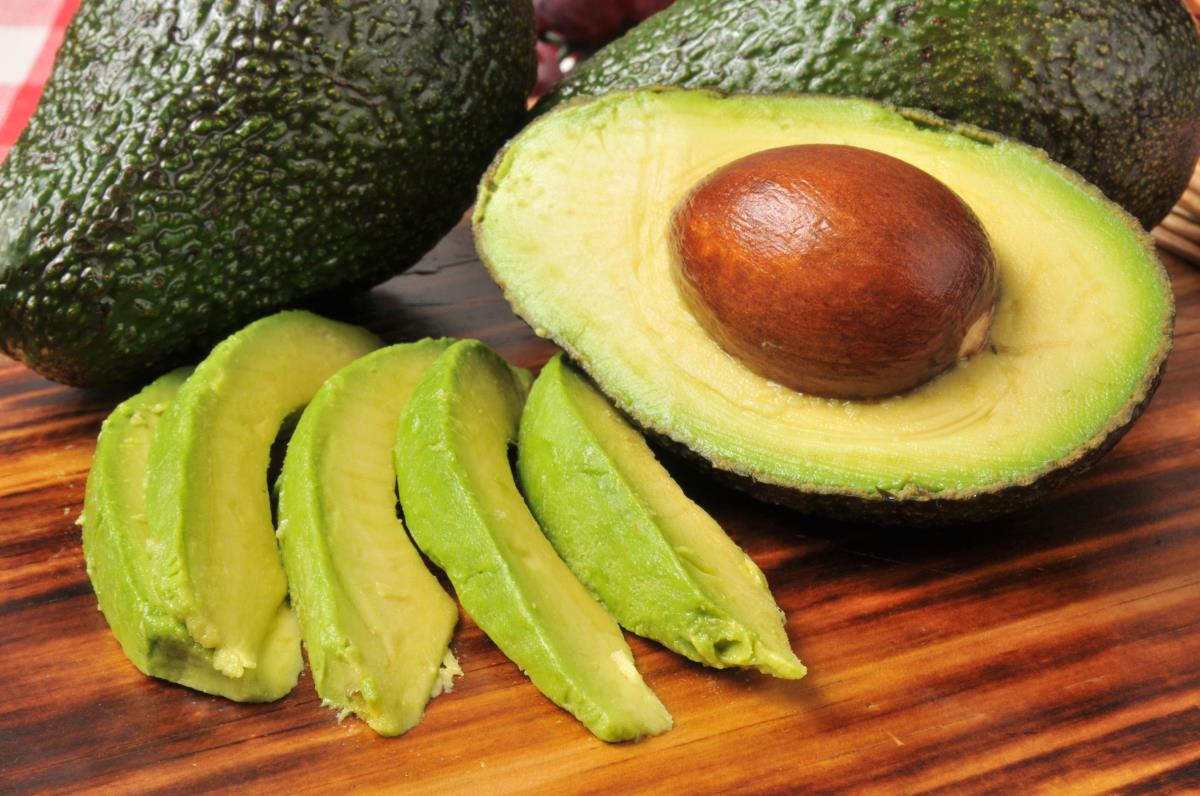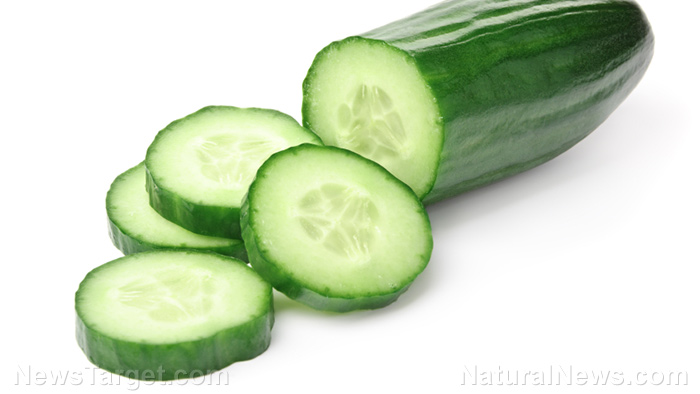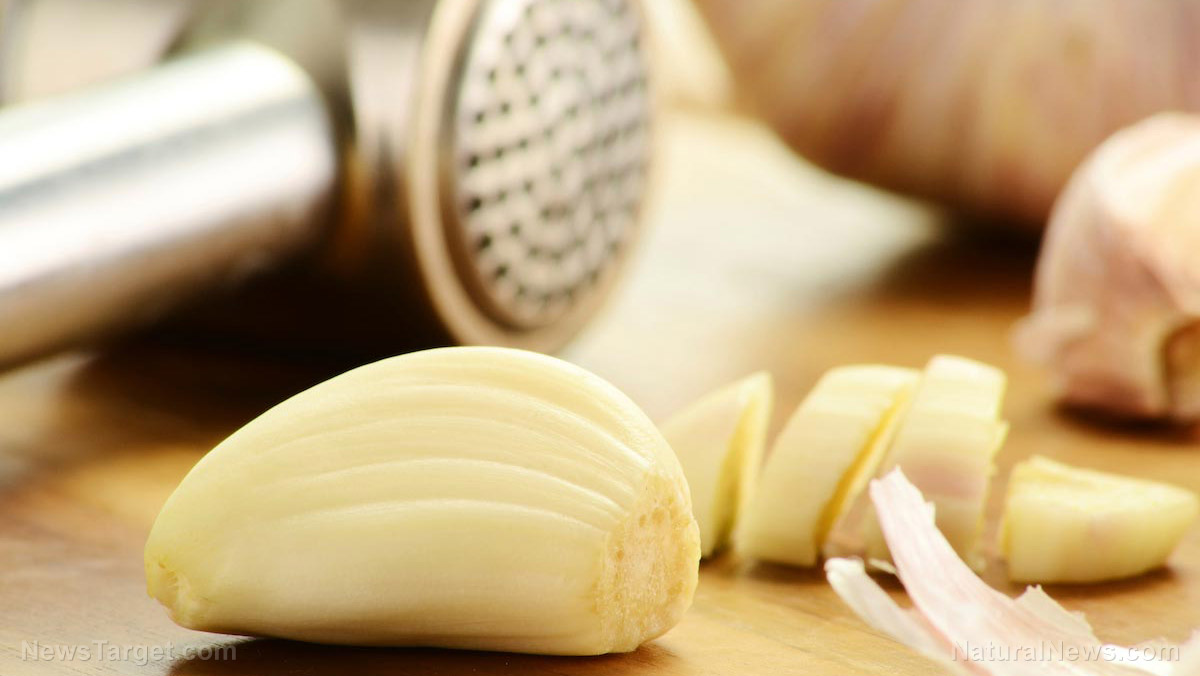Don’t know how to cook your broccoli? Science proves that stir-frying is the best way to preserve glucosinolates
06/04/2018 / By Michelle Simmons
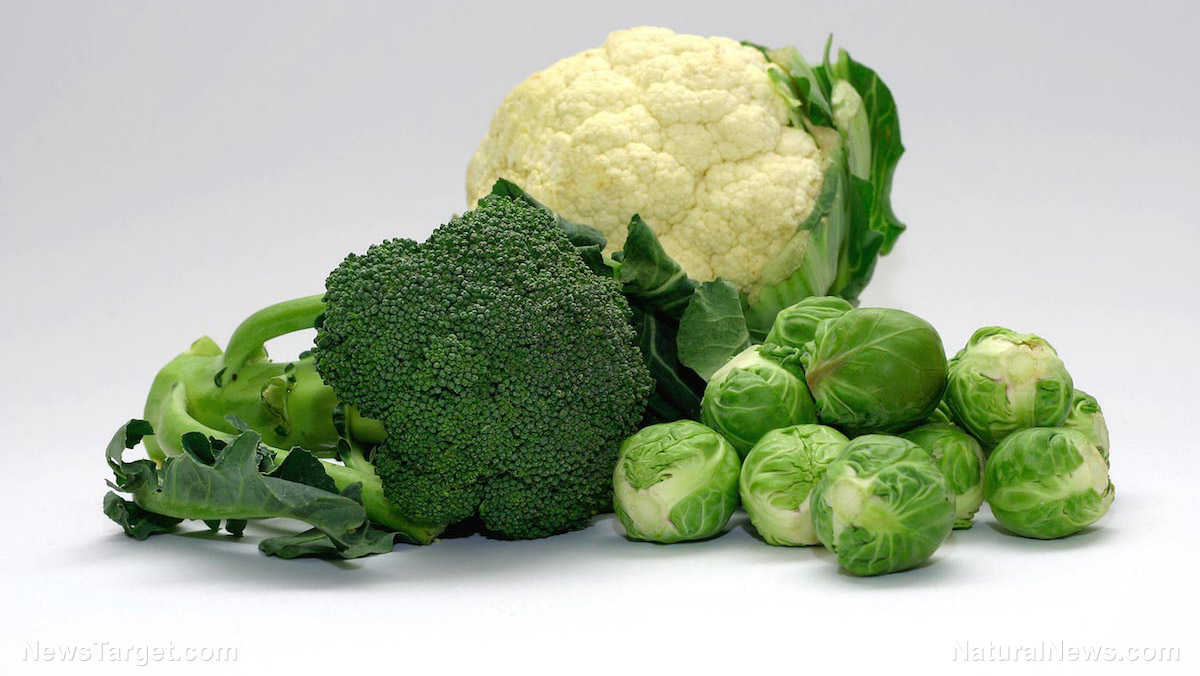
Broccoli can be served in a number of ways, but a study suggests that the best way to cook it is to stir-fry it. The study, published in the journal Plant Foods for Human Nutrition, found that stir-frying is the best way to preserve the disease-fighting compounds called glucosinolates, which are found in cruciferous vegetables like broccoli.
A team of researchers at Wageningen University and Research wanted to determine whether glucosinolates in two different cruciferous vegetables and their beneficial properties could be preserved when they undergo the process of stir-frying. The research team used Chinese cabbage and bok choy in conducting their study. They removed the stems and chopped the leaves into one- to two-centimeter strips. After that, they stir-fried them in sunflower oil. They used pan temperatures ranging from 160 to 250 degrees Celsius and cooked them for a duration of one to eight minutes.
Results revealed that stir-frying the vegetables did not remove the glucosinolates content. The researchers also found that glucobrassicanapin is the most abundant form of glucosinolate in fresh Chinese cabbage and bok choy. The glucosinolates were preserved even when they were stir-fried at the highest temperatures and longest cooking times. The research team explained that such retention occurred because stir-frying inactivated myrosinase, which is a substance that breaks down glucosinolates.
Previous studies revealed that cooking cruciferous vegetables in water (boiling) resulted in the loss of glucosinolates. In addition, an earlier study showed that deep frying cruciferous vegetables led to the loss of glucosinolates by up to 84 percent.
In conclusion, the findings of the study suggested that when cooking cruciferous vegetables, stir-frying can be preferred over boiling and deep frying so that the glucosinolate content will not be depleted.
The health benefits of vegetables with glucosinolates
Cruciferous vegetables, such as broccoli, Brussels sprouts, cabbage, and kale, are rich in various nutrients such as glucosinolates, which offer various health benefits. The glucosinolate content of these vegetables is broken down into metabolites when they are consumed. Metabolites are naturally occurring substances that play a role in the pace of metabolism and specific enzymatic reactions. They also offer antibiotic-like effects and help fight bacterial, viral, and fungal infections in the body. Studies have also shown that a diet rich in cruciferous vegetables may reduce the risk of certain cancers, such as lung, colorectal, breast, kidney, esophageal, and mouth and throat cancers. Some studies have also indicated that cruciferous vegetables may protect against cardiovascular diseases, such as heart attack and stroke. (Related: #3) Cruciferous vegetables contain glucosinolates that “crucify” carcinogens – the main fuel of cancer cells.)
Other cruciferous vegetables include arugula, cauliflower, rutabaga, collard greens, radishes, mustard greens, and horseradish.
Maximizing the benefits of eating cruciferous vegetables
The way you prepare your vegetables is crucial. As mentioned earlier, boiling and deep frying can cause the loss of glucosinolates. In addition to stir-frying, there are other ways you can prepare your vegetables without sacrificing their nutritional value. You can maximize the benefits of eating cruciferous vegetables with these preparations:
- Add thinly sliced red cabbage into a salad for more texture and color.
- Blister individual Brussels sprout leaves in a hot frying pan for a short time. Then, add them to a salad.
- Instead of allowing slaw cabbage to be soaked in an acidic dressing, just eat it fresh.
- Stir-fry bok choy or mustard greens for a short time to help preserve more of the nutritional content.
- Instead of using prepared versions of horseradish or including it when cooking, finely grate the vegetable in its fresh and raw form on top of food.
- Eat raw broccoli, radish, and cauliflower with a yogurt dip.
Learn more about vegetables and how to prepare them by going to Veggies.news.
Sources include:
Tagged Under: Bok choy, broccoli, cabbage, Chinese cabbage, clean food, cooking, cooking methods, cruciferous vegetables, food science, glucosinolates, good food, gooddiets, healing food, healthy diets, healthy food, nutrients, nutrition, nutritional value, organics, stir-fry, vegetables



